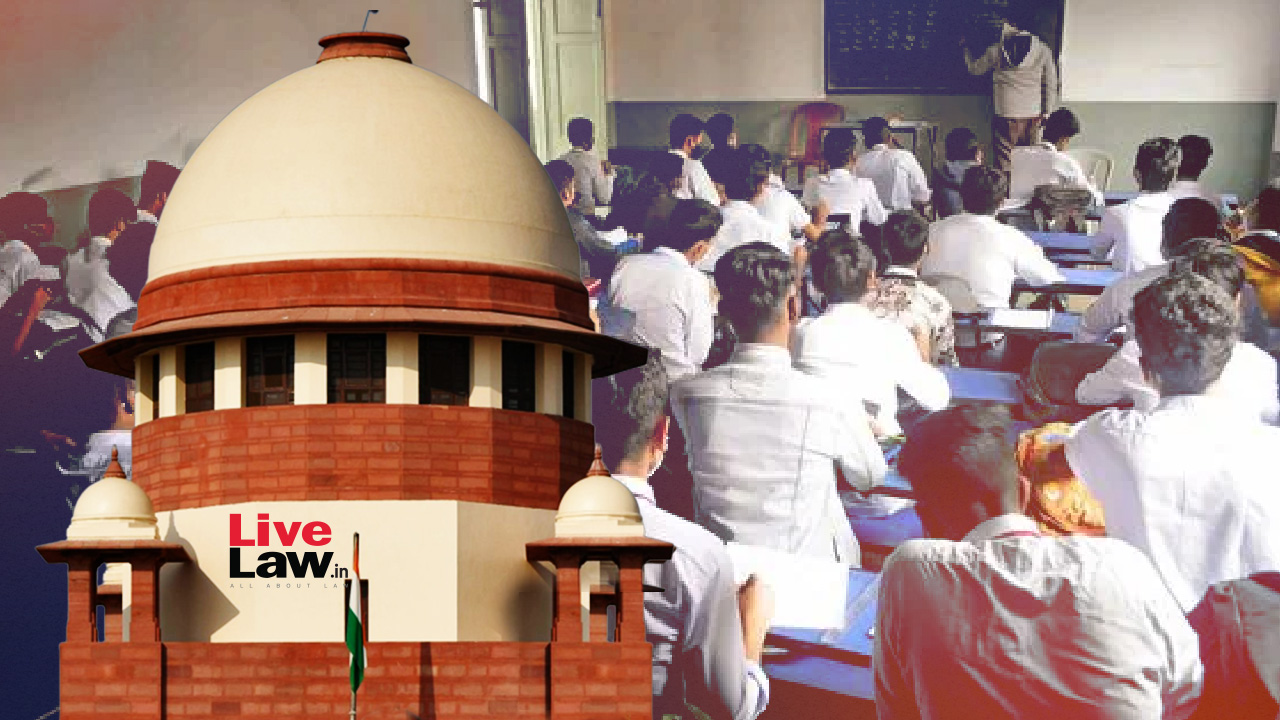 |
|
The Supreme Court of India has intervened in the ongoing debate surrounding school closures in Delhi-NCR due to severe air pollution. The Court's intervention stems from a petition highlighting the plight of students from marginalized communities who lack access to online learning resources and rely on midday meals provided at schools. The court's order directly addresses the significant inequalities exacerbated by the suspension of in-person classes. The ruling underscores the urgent need to balance public health concerns with the educational rights and basic needs of vulnerable students. The immediate impact of the Court's decision is a directive to the Commission for Air Quality Management (CAQM) to re-evaluate its decision to suspend physical classes. This re-evaluation must consider the compelling arguments presented by parents, emphasizing the inequities created by the digital divide and the dependence on school-provided meals for many students. The Court's urgency is apparent in its demand for a decision from the CAQM within a 24-hour timeframe, underscoring the seriousness of the situation and the need for swift action to mitigate the detrimental effects on students.
The decision to close schools in Delhi-NCR due to severe air pollution was a complex one, balancing the health risks associated with poor air quality with the crucial role of in-person education. While the intent was to protect children's respiratory health, the unintended consequences highlighted by the Supreme Court's intervention revealed a critical flaw in the initial approach. The blanket closure overlooked the significant disparities in access to technology and resources among students. For children from disadvantaged backgrounds, the closure essentially meant a complete disruption of their education, depriving them of not only academic learning but also essential social support networks and crucial nutritional sustenance provided by school midday meal programs. The Court's recognition of this digital divide and the unequal impact of the closures highlights the importance of considering socioeconomic factors when implementing public health measures. This case serves as a crucial example of how well-intentioned policies can have unintended and disproportionately negative consequences on vulnerable populations if not adequately considered.
The Supreme Court's order presents a unique opportunity for the CAQM to revisit its approach and implement more nuanced solutions. A blanket closure may not be the most effective or equitable solution. Instead, a more targeted approach might involve implementing stricter air quality control measures in areas with particularly poor air quality, providing air purifiers to schools or creating alternative learning spaces with better air quality, rather than resorting to complete closures. Further, strengthening support systems for disadvantaged students through increased access to digital resources or alternative learning centers is crucial. This case underscores the imperative for collaborative efforts between public health authorities, educational institutions, and policymakers to ensure that public health measures are not only effective but also equitable, leaving no child behind. The focus should be on developing tailored responses to address different needs and ensuring that educational opportunities are accessible to all, regardless of their socioeconomic background.
The case also highlights the vital role of the judiciary in ensuring that government actions align with the principles of equality and justice. By intervening and compelling the CAQM to reconsider its decision, the Supreme Court has shown its commitment to protecting the rights of marginalized students. The Court's swift action demonstrates the urgency of the situation and the importance of addressing issues of inequality in education. The Court's decision serves as a precedent, emphasizing the need to thoroughly evaluate the potential impact of public policies on different segments of society before implementation. This thoughtful approach to policymaking is crucial to prevent the unintended consequences that can disproportionately affect vulnerable populations. The success of this intervention will depend not only on the CAQM's response but also on the broader commitment to creating a more equitable and inclusive education system for all children.
Looking ahead, the CAQM's decision will have far-reaching implications for students, educators, and policymakers. A balanced approach is crucial, one that considers both the health risks of air pollution and the crucial role of education, especially for vulnerable students. The case highlights the need for a comprehensive strategy that addresses both environmental concerns and the socio-economic disparities that exist within the education system. This includes investing in cleaner energy sources, improving air quality monitoring systems, providing adequate resources for online learning to bridge the digital divide, and strengthening safety nets for students from marginalized communities. This collective effort is essential to creating a more resilient and equitable educational system that effectively serves all students, irrespective of their social or economic circumstances.
Source: Supreme Court Directs CAQM To Consider Allowing Physical Classes In Schools/Colleges
